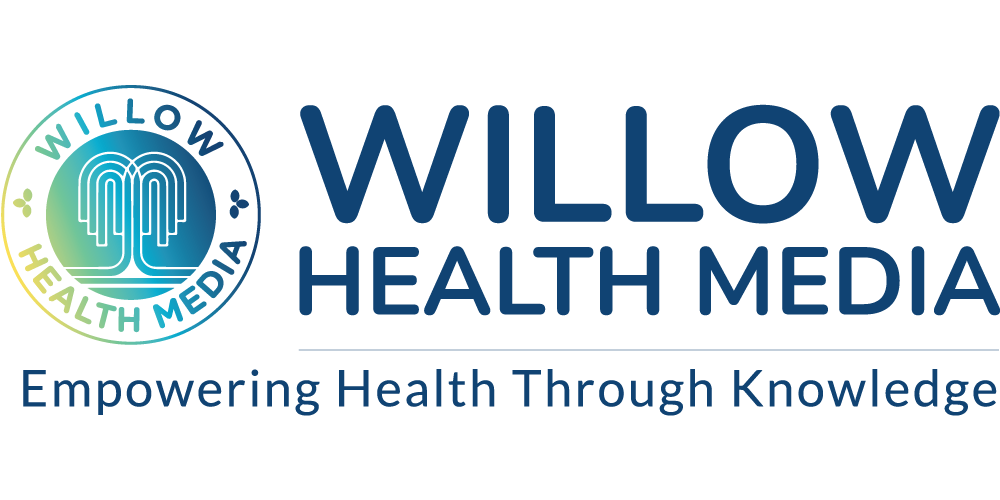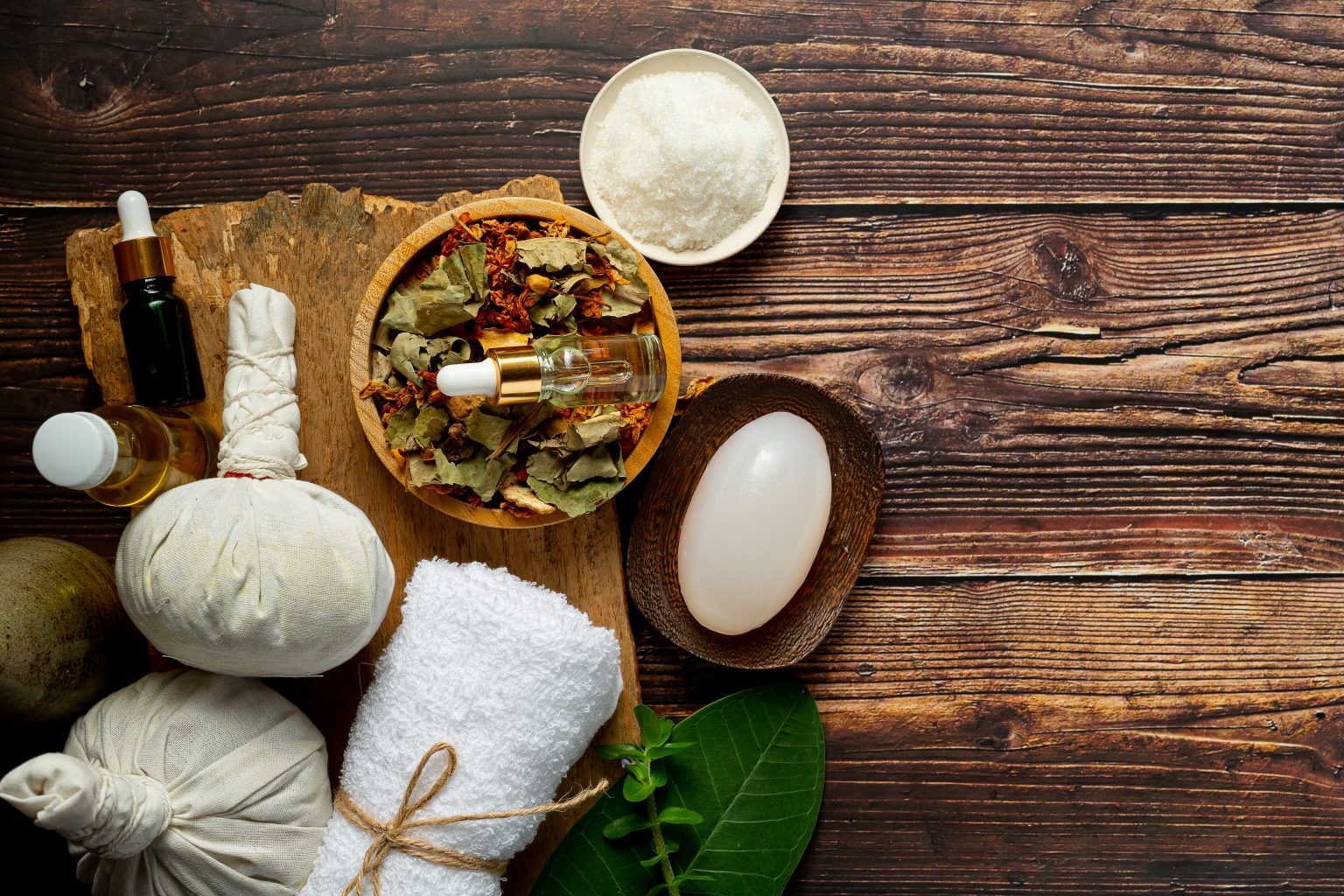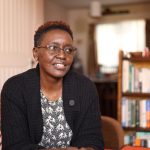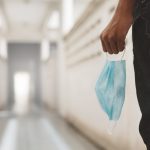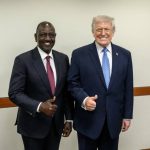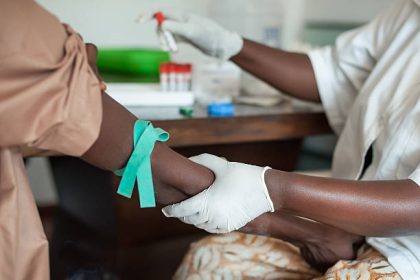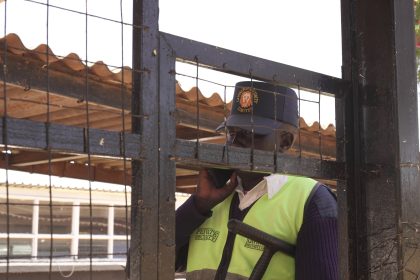Kenyans are turning to alternative medicine for diabetes, high blood pressure, depression, arthritis, back pain, asthma, erectile dysfunction…but constipation is the commonest condition
Susan Njuguna has been suffering from back pain for 18 years. After trying many different treatments, her latest is ‘Cupping’ at the Human Garage. She went in with “back pain and numbness in my arms” but discovered she also had “cold hands, and cold feet—which I didn’t actually know were a problem.”
Before alternative therapies, Susan tried hospital treatments, physiotherapy, good nutrition, and regular exercise, but the pain persisted. “I’ve been going to the hospital, been told to do therapies, but after this, it’s complete healing. I have no side effects,” she says.
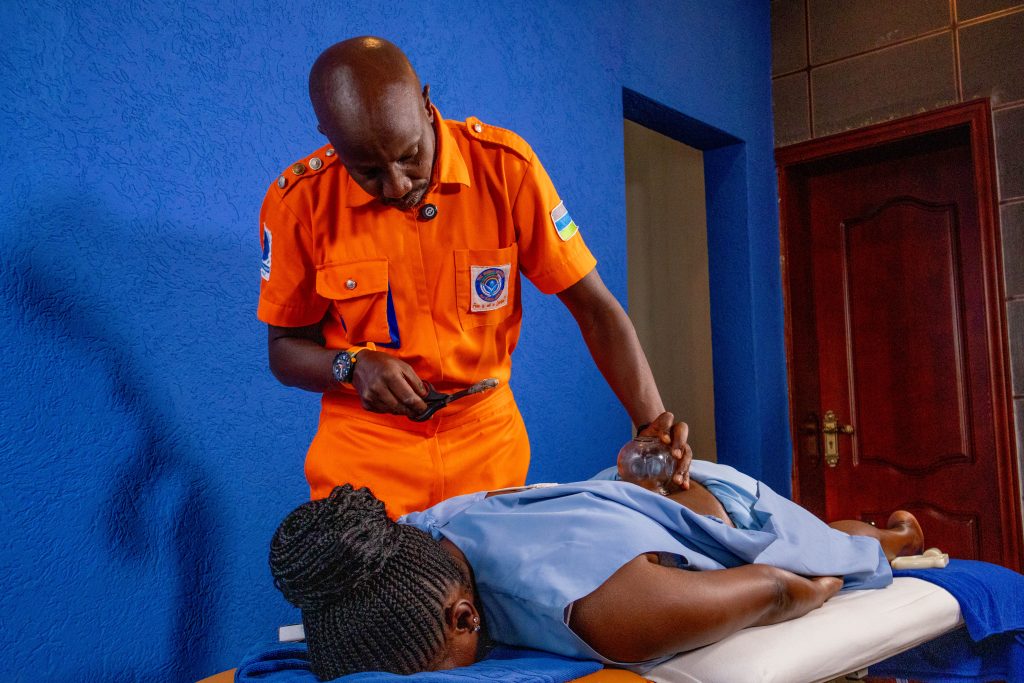
After her first treatment in November 2024, she experienced slight inflammation for two to three days, “almost like the soreness you feel when you go to the gym.”
Hamisi Ali, a therapist at The Human Garage, assured her this was normal and would pass in three to five days. Susan learned about cupping through social media in November 2024. Cupping is an ancient form of alternative medicine dating back to Egyptian, Chinese, and Middle Eastern cultures.
A therapist puts special cups on your skin to create suction and draw blood to or away from parts of your body for pain relief, inflammation reduction, relaxation, and deep-tissue massage.
“We can use it to help stimulate circulation, stimulate the immune system, relieve pain, improve joint mobility and overall body function,” explains Ali.
More Kenyans are now using natural treatments along with or instead of hospital medicine
Cupping therapy is gaining popularity, especially among Muslims in Eastleigh and Kenya’s coast. “In Islam and also Hindu, cupping is done for spiritual purposes,” says Ali, adding that’s why “it has picked up in a very big way. It’s actually a very effective therapy.”
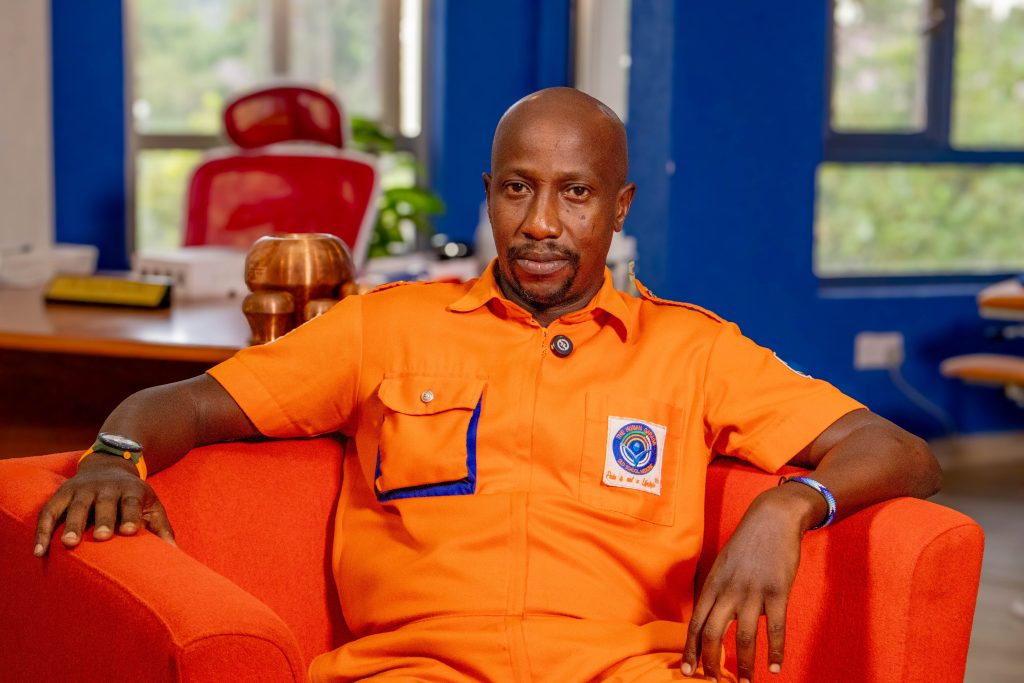
Cupping is among alternative therapies often grouped with herbal remedies.
However, they’re part of Complementary and Alternative Medicine (CAM) therapies, including: Chiropractic care, acupuncture, yoga, hypnosis, homoeopathy, naturopathy and fascial manipulation
More Kenyans are now using natural treatments along with or instead of hospital medicine, reflecting a shift in healing approaches.
Phetheka Ngobeni, who has practised chiropractic therapy for nine years, says you need a chiropractor “If you have any problem with your muscles, joints, and the nervous system, which includes your nerves.”
Chiropractic care isn’t just for adults—”everyone who has a spine” can benefit, says Ngobeni. Even newborn babies can experience trauma during birth, making chiropractic care relevant from infancy.
Dr Gerald Omondi, a physiotherapist, explains that there’s evidence heat reduces pain
Dr Gerald Omondi, a physiotherapist at Kenyatta National Hospital, draws a distinction between physiotherapy and alternative therapies, which fall outside evidence-based mainstream medicine.
Dr Omondi explains that if a physiotherapist uses heat on a patient, there’s evidence that heat has been reducing pain.
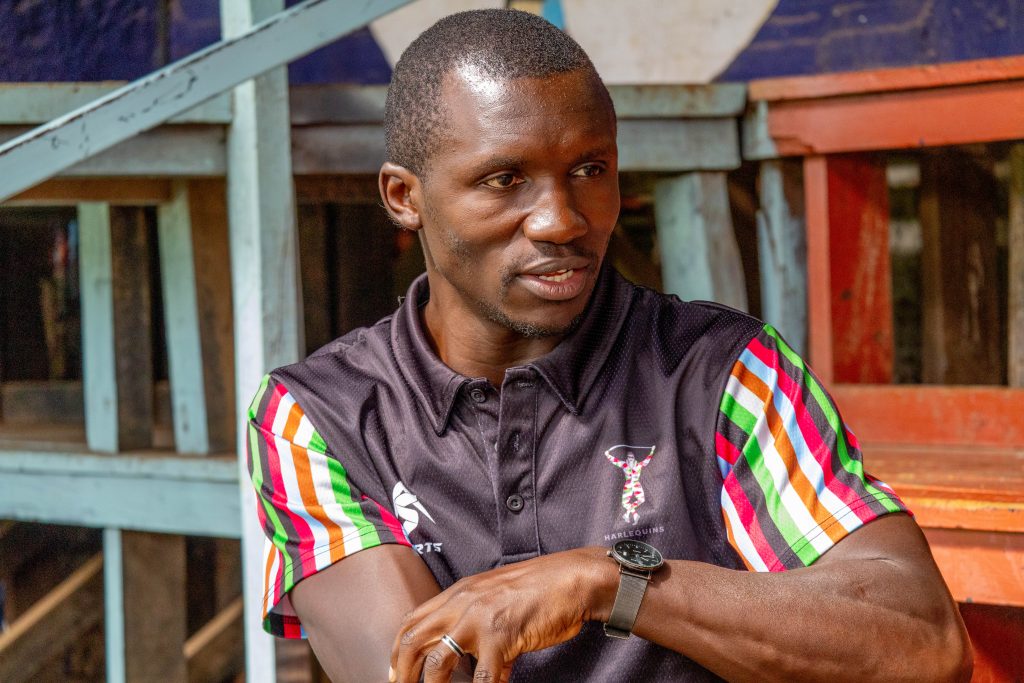
However, therapies like acupuncture rely more on ancient traditions than science, even if some research supports their validity. “They work a lot in how they operate their techniques, which are passed on.”
Alternative therapies treat many health issues, including chronic and mental health conditions, but digestive problems—like bloating, gas, and acidity—are the most common.
“Almost all my patients come in with digestive issues,” says Hamisi. “Constipation is huge…because of our lifestyle,” citing sedentary behaviour, processed food consumption, and poor hydration, which “contributes to poor peristaltic movement”—the muscle contractions that move food through the digestive tract.
Beyond digestion, Kenyans turn to alternative medicine for: chronic diseases (diabetes, high blood pressure), cancer support (easing side effects), mental health (anxiety, depression), pain and inflammation (arthritis, back pain), respiratory health (asthma), reproductive health (menstrual and erectile dysfunction issues)
Ali believes alternative therapies can complement conventional medicine, particularly for chronic lifestyle diseases and digestive disorders, but integration should be approached carefully.
Combining treatments can carry risks if not properly coordinated
“If someone has been on hypertensive medication for a long time, you can’t just stop it in one day,” Ali explains. Instead, he advocates for collaboration. “You have to work with their body and their dysfunction over time, and work with a doctor, to gradually reduce the dosage.”
Combining treatments can carry risks if not properly coordinated. “If you come here for treatment and stimulate the body, you might experience inflammation that heightens your symptoms,” Ali warns.
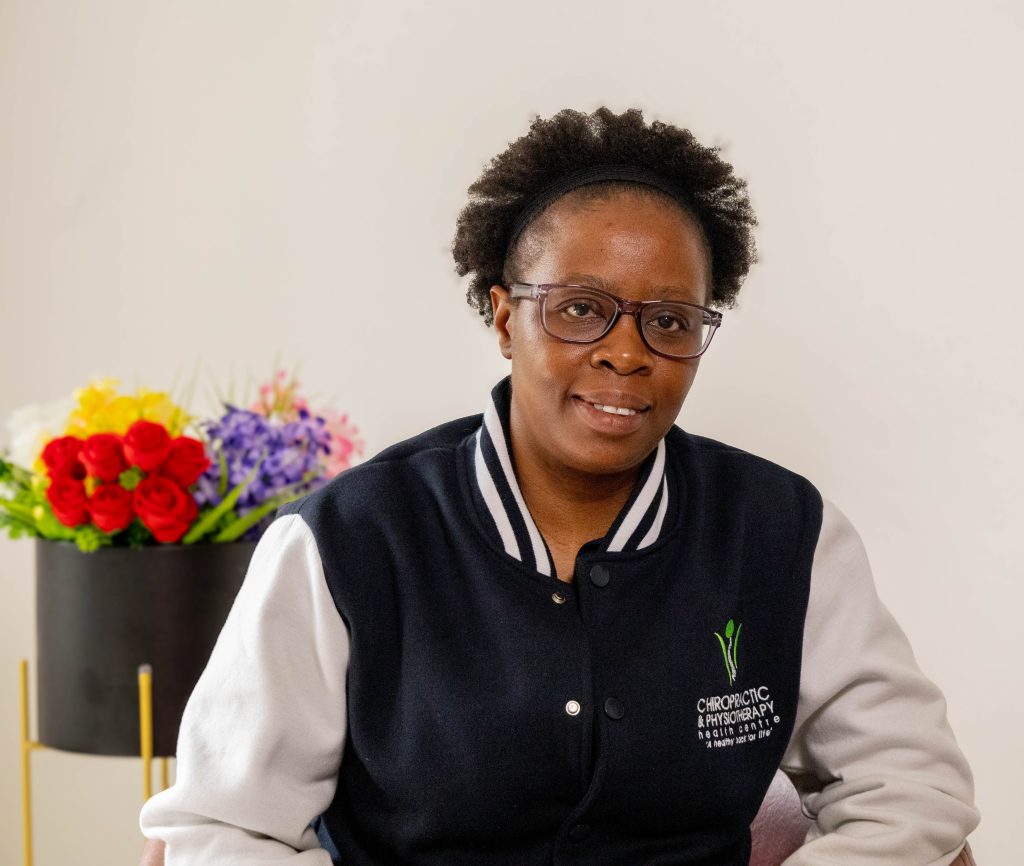
“The doctor has no idea what has been done to you, so they will do tests that will show elevated blood levels, and they will put you again on very high doses of anti-inflammatories and painkillers.”
Alternative healthcare offers more affordable options than private hospitals. Treatments like homoeopathy, acupuncture, and yoga typically cost between Ksh500 to Ksh1,500, especially outside cities.
While some premium wellness centres charge more for comprehensive packages, they’re still cheaper than hospital treatments requiring multiple expensive sessions.
At Human Garage, initial consultation starts at Ksh7,000, including three body scans, a findings report, and nutrition consultation. Main treatment costs between Ksh12,500 and Ksh25,500, depending on patient needs.
Hamisi argues that alternative therapies remain far more affordable than private hospital treatments, where multiple sessions and additional procedures quickly escalate costs compared to simpler holistic approaches.
For decades, Kenya has had no clear rules for traditional and alternative medicine
There is thus a need for transparency around pricing, regulation and access to alternative medicine, which is about wellness as it is about economics.
For decades, Kenya has had no clear rules for traditional and alternative medicine. But Pauline Duya, Head of the Division of Traditional and Alternative Medicine at the Ministry of Health, says this is being fixed: “We have been developing laws and even a policy currently in drafts” that could be released by year’s end or early next year.
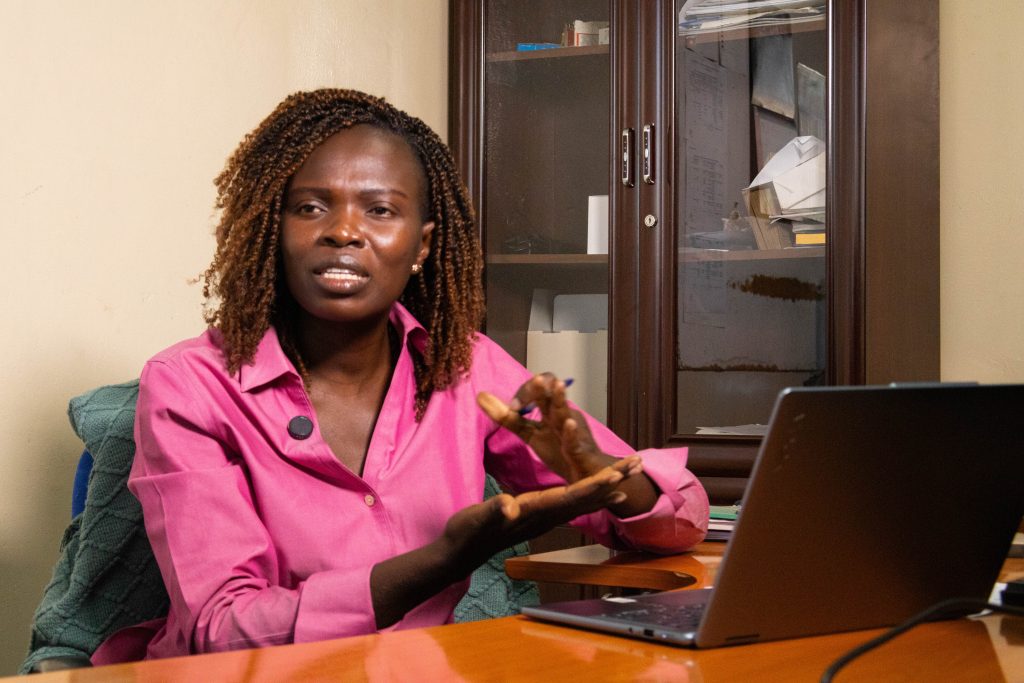
The absence of formal regulation has led to unqualified practitioners. “It’s a sad situation,” says Hamisi Ali. “We have a lot of unqualified people, people who have zero experience in doing manipulation, for example.”
Currently, “We have about 50 to 60 registered practitioners,” Duya notes, adding that new therapists and treatment methods emerge each year. Kenya’s courts have occasionally ruled on traditional medicine cases, like in 2021 when the National Traditional Health Practitioners’ rights were affirmed in a case against the Ministry of Health.
Both alternative therapies and traditional African medicine share similarities: they treat mind, body, and spirit using plant-based remedies rooted in cultural and spiritual traditions.
Where alternative therapies integrate science and regulation through trained professionals, traditional African medicine preserves unregulated ancestral wisdom through community healers.
Susan Njuguna’s decision to try cupping was heavily influenced by social media
Social media has significantly shaped the uptake of alternative therapies. Susan Njuguna’s decision to try cupping was heavily influenced by social media, or from a person who tells you about it. “You listen, check the reviews, patient feedback, and my curiosity brought me to the place (Human Garage).”
Ngobeni notes that Kenyans are “becoming more knowledgeable,” and rising interest is also fueled by growing concerns over side effects of conventional treatments.
The World Health Organization (WHO) reports that 170 of 194 member states use traditional medicine, with 88 per cent of all countries making therapeutic use of indigenous medicines, herbal medicine and acupuncture.
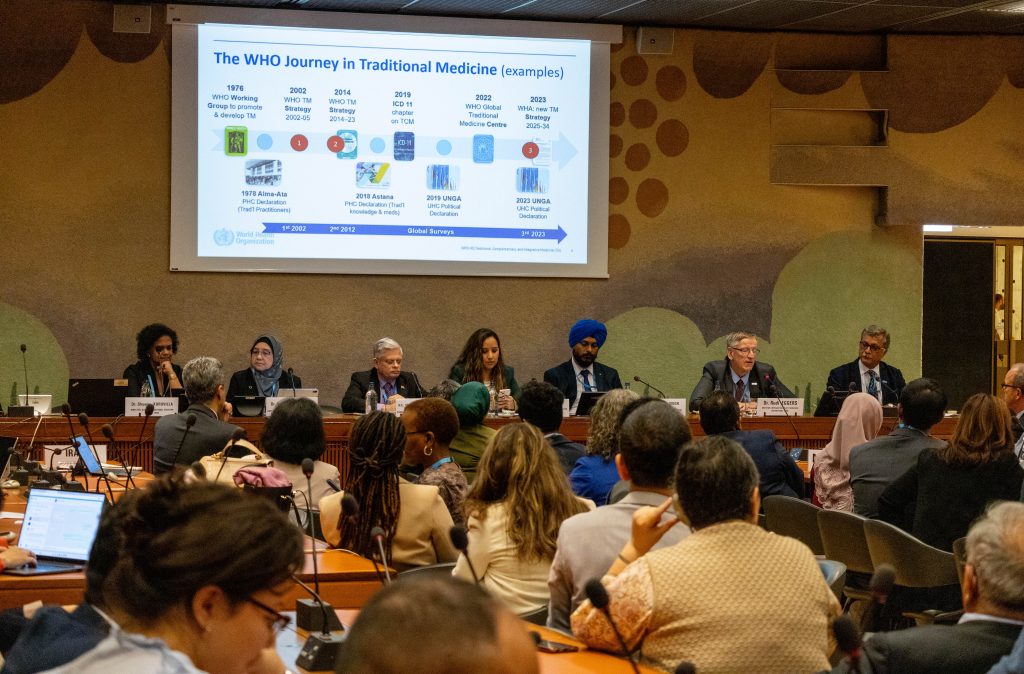
Traditional medicine reached a historic milestone at the 78th World Health Assembly (WHA) in May 2025, held in Geneva, where members approved a 10-year global strategy to strengthen and integrate traditional medicine into modern healthcare systems by 2034- which holds far-reaching implications for Kenya.
Though Kenya lacks official data, demand appears to be growing with wellness centres sprouting up in upscale areas like Karen, Kilimani, Muthaiga, and Parklands. WHO’s decision is thus a major endorsement, and this new global direction could accelerate national efforts to legitimise and regulate these practices.
Indeed, the Kenya Medical Research Institute (KEMRI) is reinventing traditional medicine for modern healthcare via its Natural Products Research and Drug Development (NAPREDA) programme which focuses on developing proven natural treatments culturally relevant to Kenyans while its Centre for Traditional Medicine and Drug Research (CTMDR) tests traditional medicines in a blend of ancestral knowledge with scientific rigor to expand safe, accessible treatment options for all Kenyans.
As Kenya develops its regulatory framework and research capabilities, alternative medicine is positioned to play an increasingly important role in the country’s healthcare landscape.
